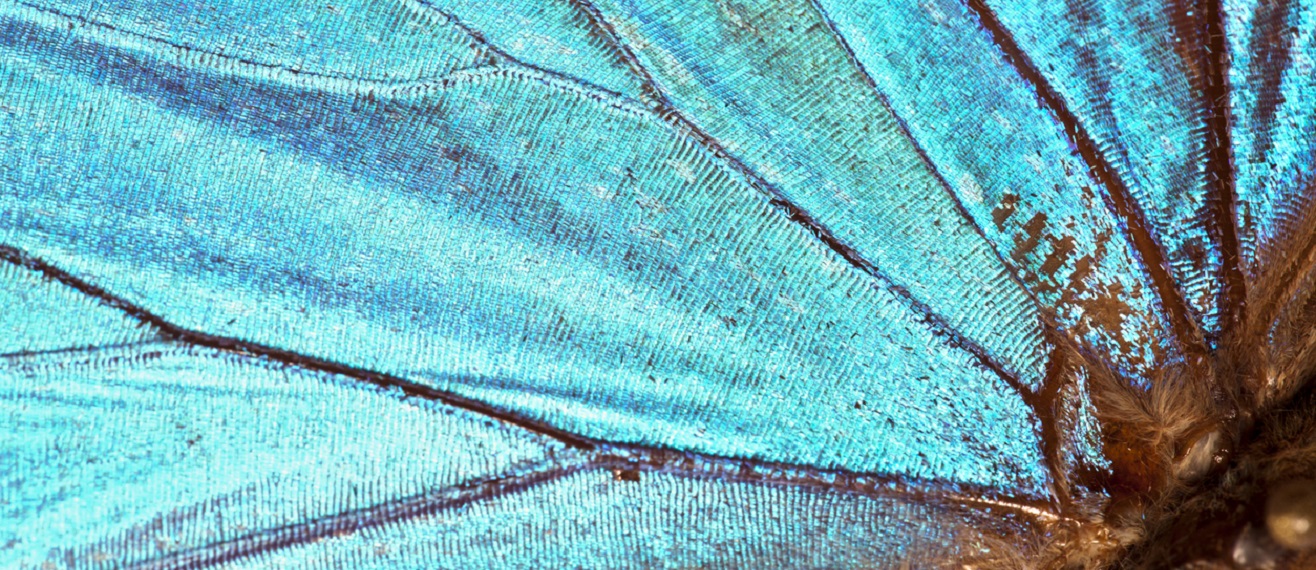
Mechanical Intelligence (MI) Research Group
The Mechanical Intelligence (MI) Research Group, led by Dr Hamed Rajabi, takes a multidisciplinary approach to understand the complexities of biological systems, aiming to transform life-inspired principles into advanced technologies. By integrating knowledge from multiple disciplines, we explore the mechanical characteristics of nature, from the micro to macro scales, to innovate and enhance engineering systems. Our research spans from fundamental discoveries to real-world applications, paving the way for cutting-edge solutions in structural engineering, robotics, materials science, and beyond. We are a dynamic and inclusive community, eager to collaborate with visionary minds passionate about pushing the boundaries of engineering inspired by life.
Mechanical Intelligence (MI) Research Group is a leader in the emerging field of Mechanical Intelligence, which we’ve developed to revolutionize engineering by integrating the principles of biology into intelligent design. Our mission is to decode the mechanical strategies found in nature and translate them into advanced technologies that minimize the need for active actuation and complex control systems. By enhancing the inherent intelligence of structural designs, we aim to create adaptive systems that are more efficient, resilient, and multifunctional.
Our research pillars:
- Biomechanics of Biological Systems: Currently, we focus on understanding the relationship between the structure and design of insect wings and their adaptive responses during flight. Our research also uncovers the design strategies that make wings damage-resistant, enabling them to withstand millions of loading cycles and mechanical collisions. These insights inspire the development of advanced flying mechanisms that require less active control while maintaining high efficiency and durability.
- Bioinspired Adaptive Structures: Our work in adaptive structures aims to reduce reliance on external control systems by embedding intelligence directly into the design. These structures are not only capable of autonomously adapting to their environments but also offer multifunctionality. By learning from biological systems, we develop engineering systems that automatically adjust to changing conditions, reducing the need for complex actuation and control.
- Bioinspired Biomedical Tools and Devices: We aim to design end-effectors for surgical applications that achieve multifunctionality, significantly enhancing surgical efficiency by reducing the need for tool exchanges during procedures. By incorporating mechanical intelligence, these tools can perform multiple tasks, streamlining surgical processes and improving patient outcomes.
- Bioinspired Drones: Our research focuses on developing hybrid drones capable of operating across multiple domains and incorporating flapping wing designs inspired by insects. These drones are designed to be highly adaptable and efficient, reducing the need for complex control systems by relying on their intelligent, bioinspired design to perform in various environments with maximal energetic efficiency.
Why engage with us?
The Mechanical Intelligence (MI) Research Group is not just another research team—we are redefining the future of engineering by blending principles from biology with cutting-edge technology. What makes us unique is our interdisciplinary expertise, combining knowledge from mechanical engineering, electrical engineering, computer science, modeling and simulation, biology, and materials science. This broad spectrum of expertise allows us to address complex engineering challenges from multiple angles, leading to innovative solutions that are more efficient, robust, and adaptive.
Our research is centered on Mechanical Intelligence, a concept that reduces the need for complex control systems by embedding intelligence into the very design of structures. This approach minimizes the need for active actuation, making systems smarter and more autonomous. Our work spans across fields like biomedical engineering, robotics, adaptive structures, and drone technology, impacting both fundamental science and real-world applications.
We are also deeply committed to promoting equality, diversity, and inclusion (EDI), aligning with LSBU’s strong focus on reducing inequality. In the 2024 Times Higher Impact Rankings, LSBU was ranked third in the world for its efforts in this area. As part of this mission, we foster an inclusive, supportive environment that welcomes diverse perspectives and encourages collaboration from all backgrounds.
We invite postgraduate students, postdocs, industry professionals, and research collaborators to join us in pushing the boundaries of what’s possible. Whether you're looking to collaborate on innovative projects, join a leading research community, or work on solving real-world challenges through Mechanical Intelligence, there’s a place for you in our group.
Learn more about our work by watching these videos:
- An insect-inspired asymmetric hinge in a double-layer membrane
- Basal complex: a smart wing component for automatic shape morphing
- Spiky-joint: a bioinspired solution to combine mobility and support
- Triple Stiffness: A Bioinspired Strategy to Combine Load‐Bearing, Durability, and Impact‐Resistance
- Insect wings tolerate damage better than most engineered composites
- Bioinspired compliant joints for passive-automatic adaptability
- Prof Chung-Ping Lin, Department of Life Science, National Taiwan Normal University
- Prof Poramate Manoonpong, The Maersk Mc-Kinney Moller Institute, The University of Southern Denmark
- Prof Stanislav Gorb, Department Functional Morphology and Biomechanics, Zoological Institute, Kiel University
- Dr Shuto Ito, Nikko Kasei Co. Ltd.
- Dr Mikihiro Hayashi, Department of Life Science and Applied Chemistry, Graduated School of Engineering, Nagoya Institute of Technology
- Dr Jianing Wu, School of Aeronautics and Astronautics, Sun Yat-Sen University
- Dr Geoff Goss, School of Engineering, London South Bank University